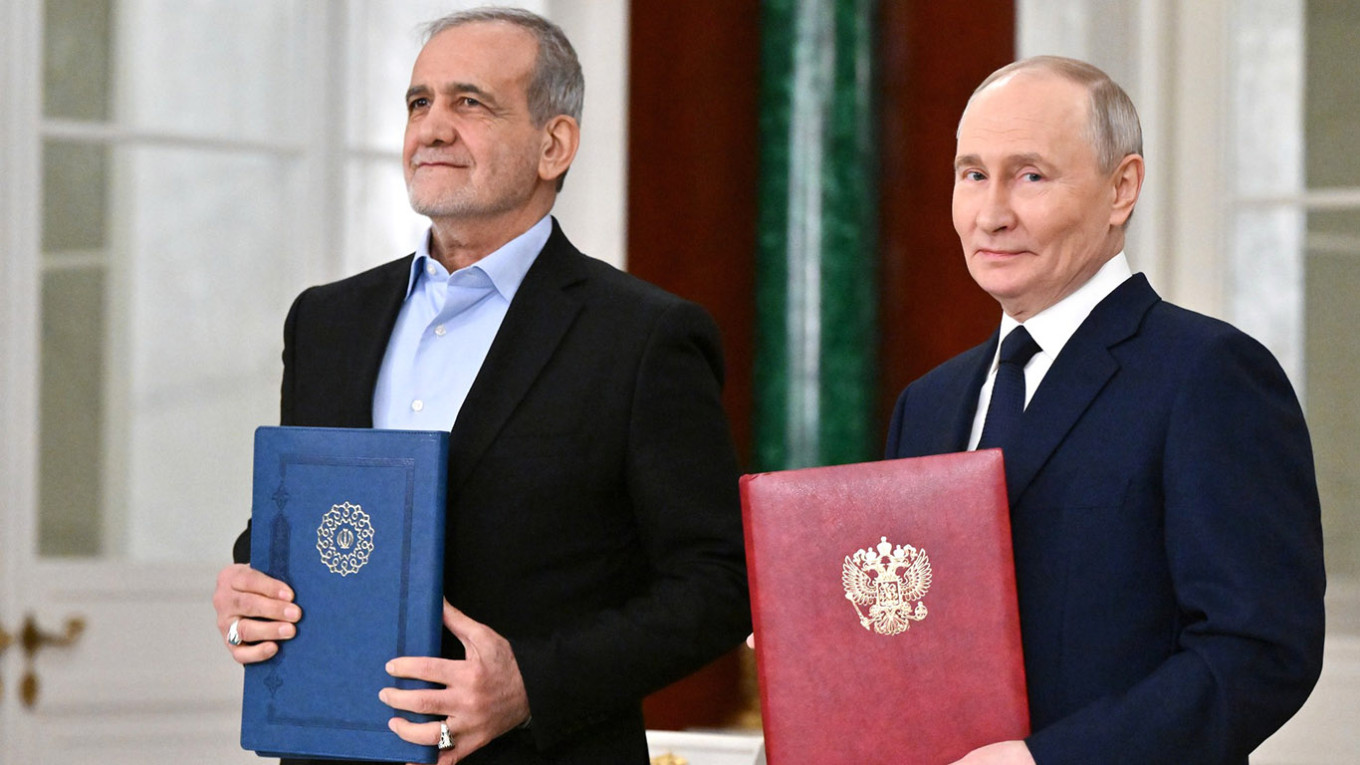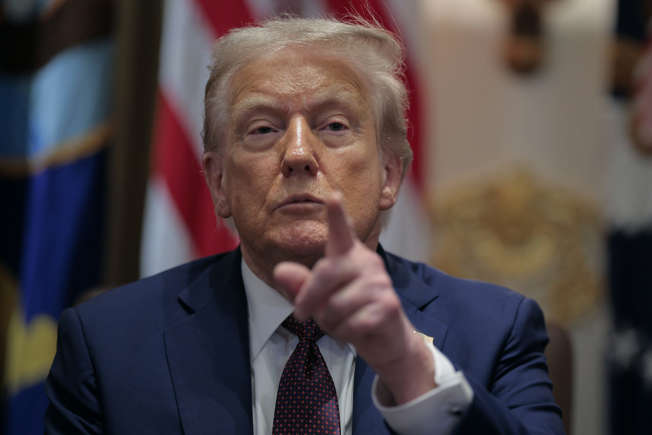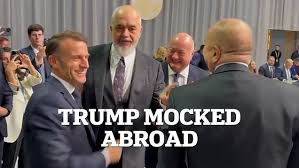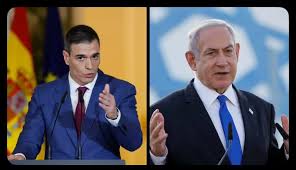Iran is now officially a Strategic Partner of Russia
Putin has signed a law ratifying the Strategic Partnership Agreement with Iran.
The arrival of the SU-35 should not take much longer.
www.multilinks.biz
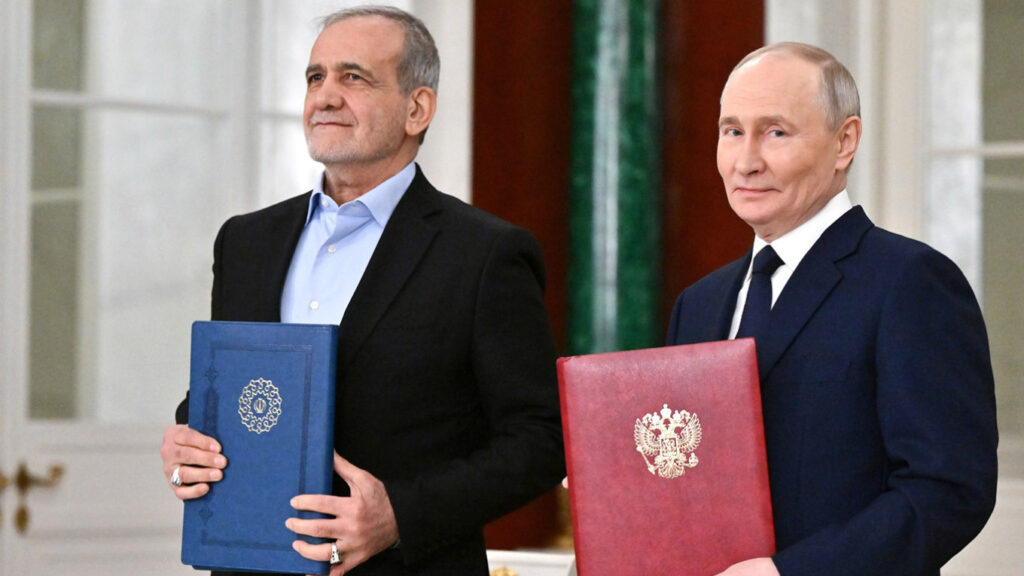
That’s a major geopolitical development. The formalization of the Strategic Partnership Agreement between Russia and Iran, now ratified by Putin, marks a significant shift in global alliances—especially in the context of rising East-West tensions and the evolving dynamics in the Middle East and Eurasia.
Key implications to keep an eye on:
- Military Cooperation: The mention of the SU-35—Russia’s advanced multi-role fighter jet—suggests that Iran may soon receive these aircraft, strengthening its air force significantly. This could shift military balances, especially in the Gulf region.
- Economic and Energy Ties: With both countries under Western sanctions, deeper cooperation in oil, gas, and trade could help them build alternative economic channels, possibly via the INSTC (International North-South Transport Corridor).
- Strategic Messaging: This formal partnership sends a clear message to the West—particularly the U.S., NATO, and allies in the region—that both nations are doubling down on anti-Western alignment and mutual support.
- Technology and Intelligence Sharing: There’s a possibility of increased collaboration in defense technology, cyber, and surveillance—especially given both nations’ recent emphasis on self-reliance and regional power projection.
If the SU-35s are indeed delivered soon, it will mark the first time Iran has received 4.5-gen+ fighters in decades, which is a major leap for their air capabilities.
Want a breakdown of how the SU-35 could impact Iran’s air power or what this partnership could mean for regional powers like Israel, Saudi Arabia, and Turkey?
www.multilinks.biz


